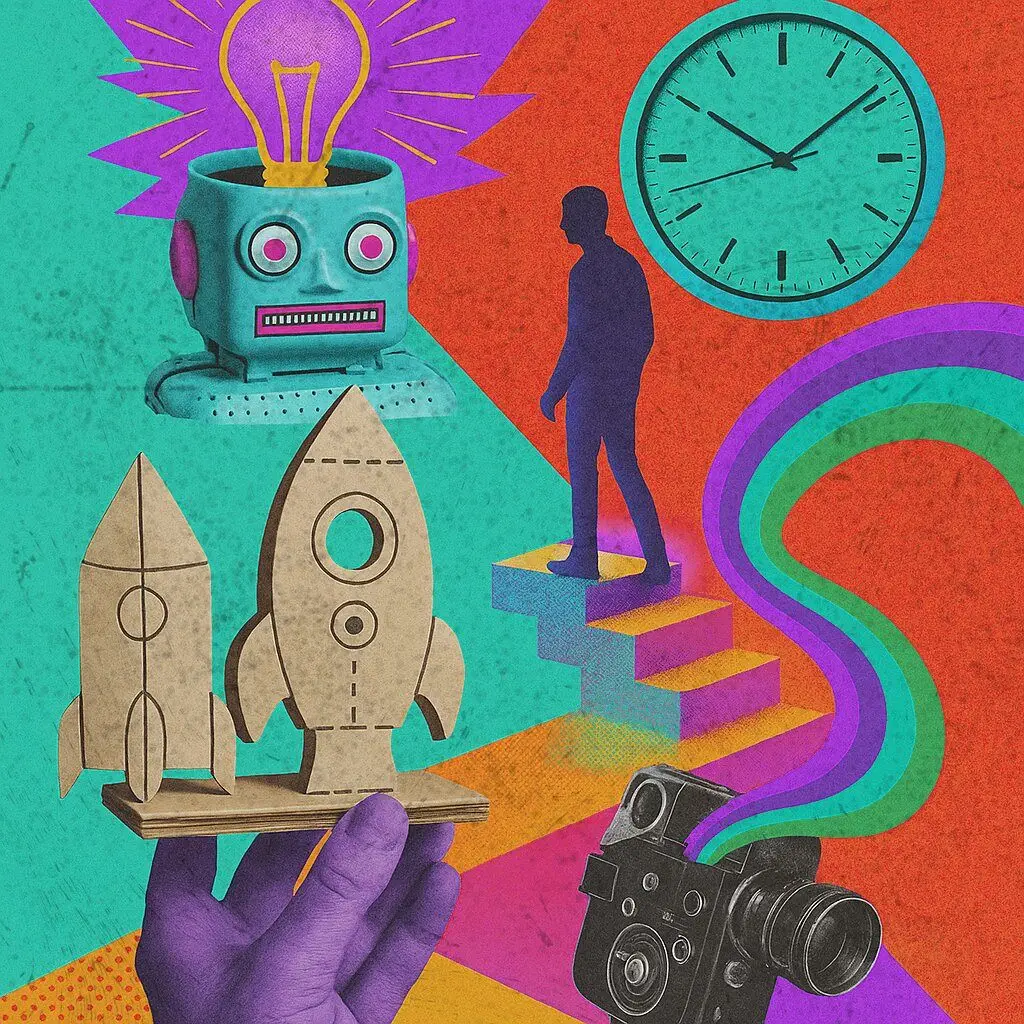Rehearsing the Future: Prototyping as Organizational Practice
You don’t predict the future. You practice for it.
Most organizations treat prototyping as a product development tool—build a mockup, test a flow, refine a feature. But in volatile systems, prototyping takes on a larger role. It becomes a way to rehearse possible futures, not just refine a design.
In fragile states, humanitarian programs, educational reform, or healthcare delivery, there’s no clear roadmap. Contexts shift. Assumptions fail. Strategy isn’t about controlling the outcome—it’s about building resilience to change.
This is where prototyping becomes organizational.
Prototypes as Experiments, Not Promises
Prototypes are often misunderstood as smaller versions of a final product. But their value comes from what they reveal, not what they prove.
They ask:
- What breaks under pressure?
- What surprises people?
- What behaviors emerge in real use?
- What power dynamics surface when this idea meets reality?
Instead of betting everything on a full launch, teams can run light, strategic experiments—on a policy, a workflow, a new communication pattern—then learn, adjust, and adapt.
Practice > Prediction
Linear planning fails in chaotic systems. Whether responding to a crisis or redesigning a public service, you rarely have complete data. What you do have is the ability to simulate, sense, and respond.
Prototyping lets organizations practice:
- New roles before a restructure
- New service flows before a rollout
- New narratives before a public campaign
- New coordination models across fragmented teams
This isn’t about perfection. It’s about readiness.
Designing the Conditions, Not Just the Tool
A strong prototype doesn’t just test a product. It tests the environment around the product: Are staff aligned? Are users equipped? Is the process holding under stress? Can the system flex?
At ADSI, we help organizations prototype in the full sense. We don’t stop at wireframes. We model new ways of working. We test protocols, rituals, and interactions that shape how people behave—not just what they click.
Prototyping becomes a form of organizational rehearsal.
A safe space to fail forward.
The Future Arrives Unfinished
The organizations that navigate change well don’t guess better. They prototype more often. They treat every new project as a rehearsal for something bigger: trust, coherence, resilience.
Prototyping is not a step in the design process.
It’s a stance. A muscle. A habit of learning in motion.
The future doesn’t need a perfect plan.
It needs people who know how to practice.



Leave a Reply